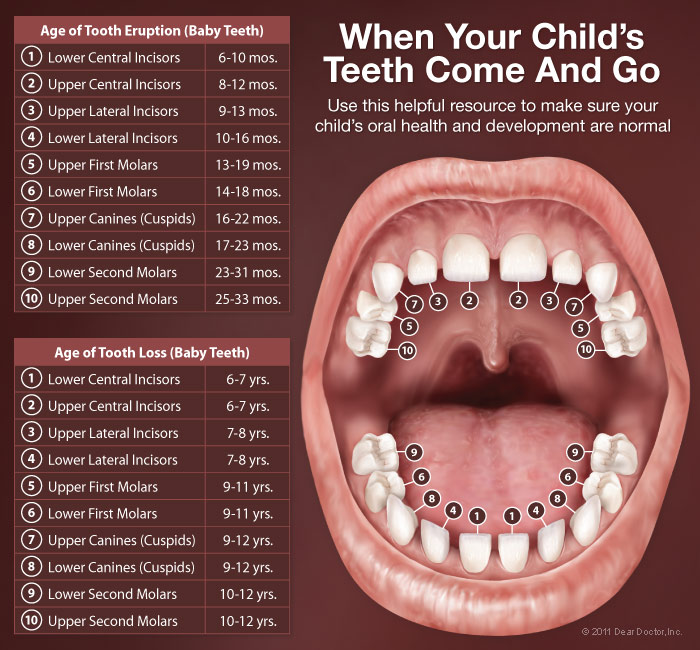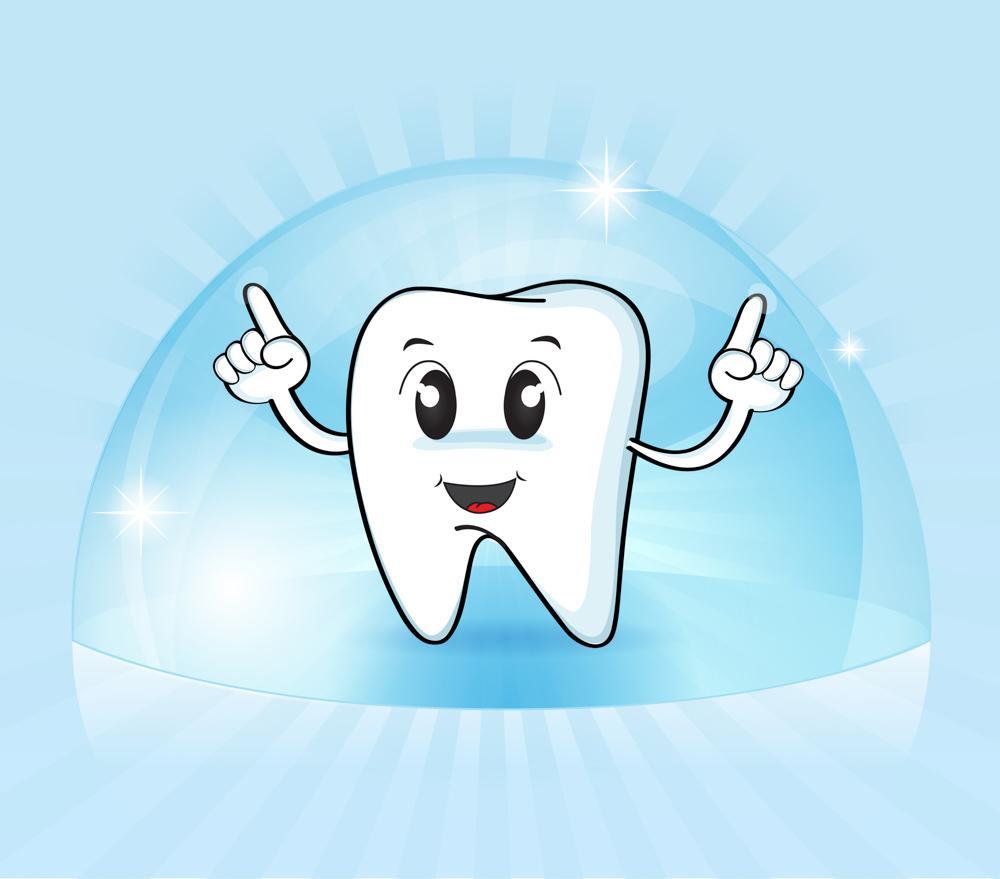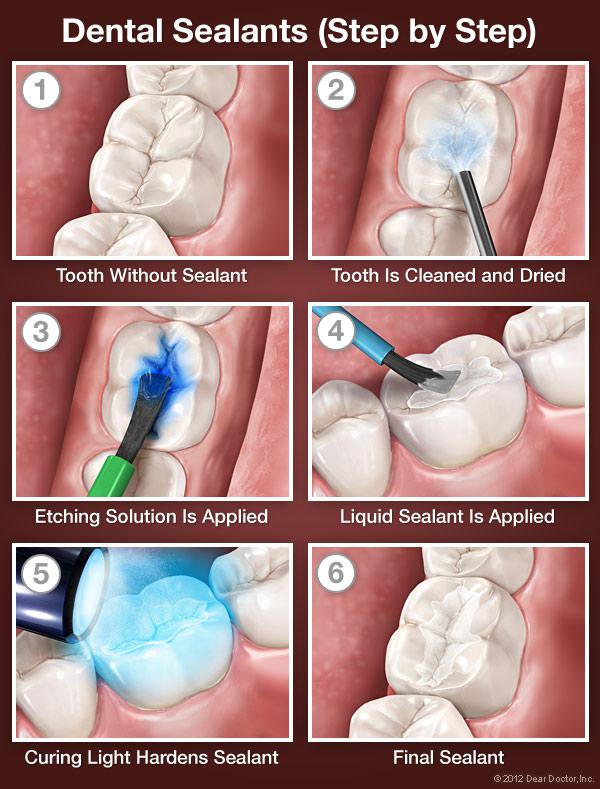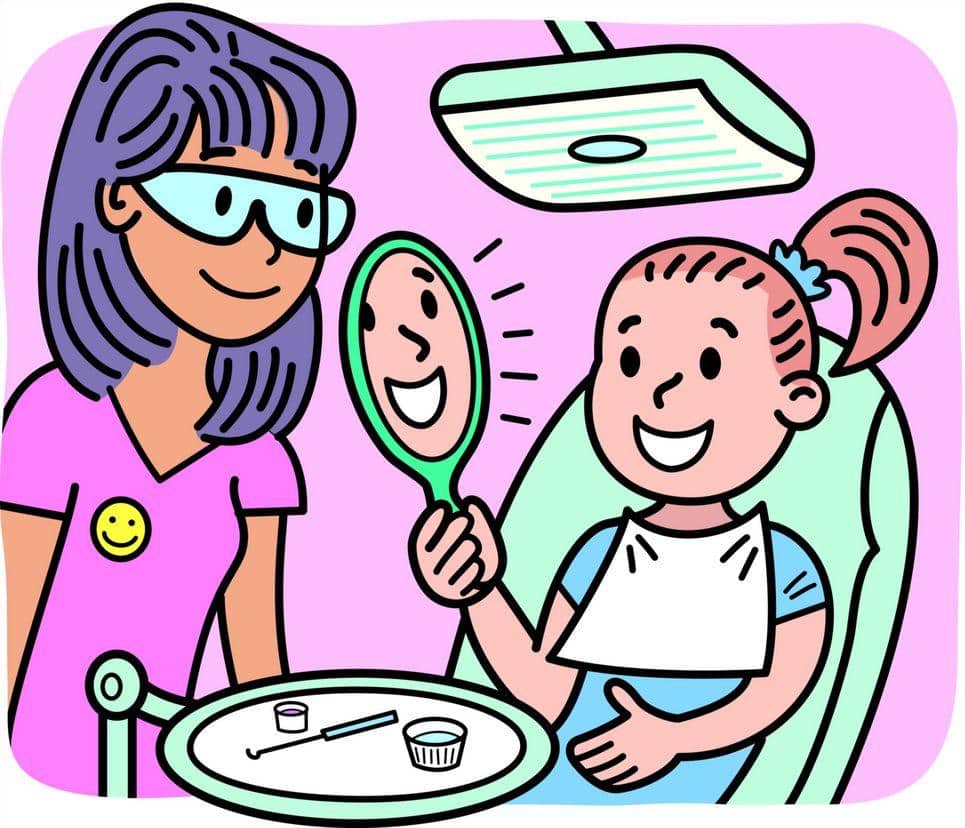Healthy teeth are important to your child’s overall health. They help your child eat and talk. Strong oral care helps set good dental habits as your child grows. Poor oral care can lead to infection, disease, or other teeth problems.

Help Prevent Childhood Cavities

A child’s first visit should occur within six months after the first tooth erupts. Parents will receive instructions on good oral habits for their child and themselves to reduce oral bacteria in the mouth. Parents will learn that ‘brushing’ their infants’ teeth can be as easy as wiping them with a washcloth or using a toothbrush especially designed for infants.
Dental treatment for kids
 |
Fluoride : Fluoride is a mineral that occurs naturally in all water sources, including the oceans. Research has shown that fluoride not only reduces cavities in children and adults, but it also helps repair the early stages of tooth decay, even before the decay is visible. Fluoride is the best cavity fighter to help keep the whole family’s teeth strong — no matter their ages*. *Fluoride should only be used by children ages 2 and up, or as directed by a dentist |
|
Sealant : Sealants, also referred to as dental sealants, consist of a plastic material that is placed on the chewing (occlusal) surface of the permanent back teeth — the molars and premolars — to help protect them from bacteria and acids that contribute to tooth decay. The plastic resin in sealants is placed into the depressions and grooves of the chewing surfaces of back teeth and a light is utilized to cure it to the enamel which acts as a barrier, protecting the enamel surface of the teeth from plaque and acids. |
 |
 |
Filling : The most common way to treat decay is a tooth colored filling. This type of procedure is used for decay that is limited in depth.
|
Pulp capping procedure
If the decay is more moderate to severe and is close to the pulp (nerve) without actually exposing the nerve, a pulp capping procedure is required before a filling is placed.
Pulpotomy procedure
For more severe decay with pulp (nerve) exposure a pulpotomy procedure is required. This involves the removal of infected pulp and placement of medication. Anytime a pulpotomy is performed, a crown is required, either stainless steel or tooth colored.
Pulpectomy procedure
Porcelain/tooth colored or primary stainless steel crowns
When the decay is more extensive and has eaten through to the nerve of a primary tooth, a crown is required.
Extraction
For primary teeth that become so seriously decayed that they abscess, removal is the only option. After the dentist extracts the diseased tooth, the space that is left may cause other teeth to shift out of place. In order to prevent this from happening, it is recommended that a space maintainer be placed where a primary tooth was extracted.









